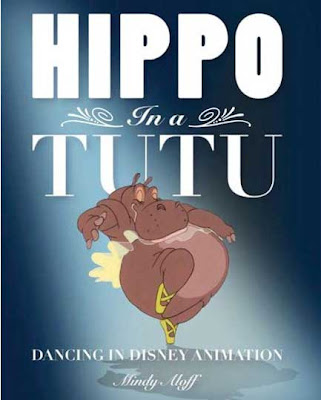Be Careful What You Wish For
I'm a little surprised at Cartoon Brew 's insistence than Avatar be considered an animated film. I don't know if the reason is because it is the highest grossing film in history and they want animation to have some of the glory or if it's because James Cameron is so insistent that Avatar should not be tainted with the 'A' word. In any case, there are reasons (beyond whatever anyone thinks of Avatar ) why I don't think considering it an animated film is a good thing. Those outside the film business may not be aware of the distinction between production and post-production. In a live action film - one with no animation or special effects - production is the shooting of the film. Post-production is what happens after the film is shot. Those things typically include editing, music, sound effects, dialogue looping, the sound mix and titling. When a film does include special effects, unless they are done in camera during the regular shoot, they are consider


